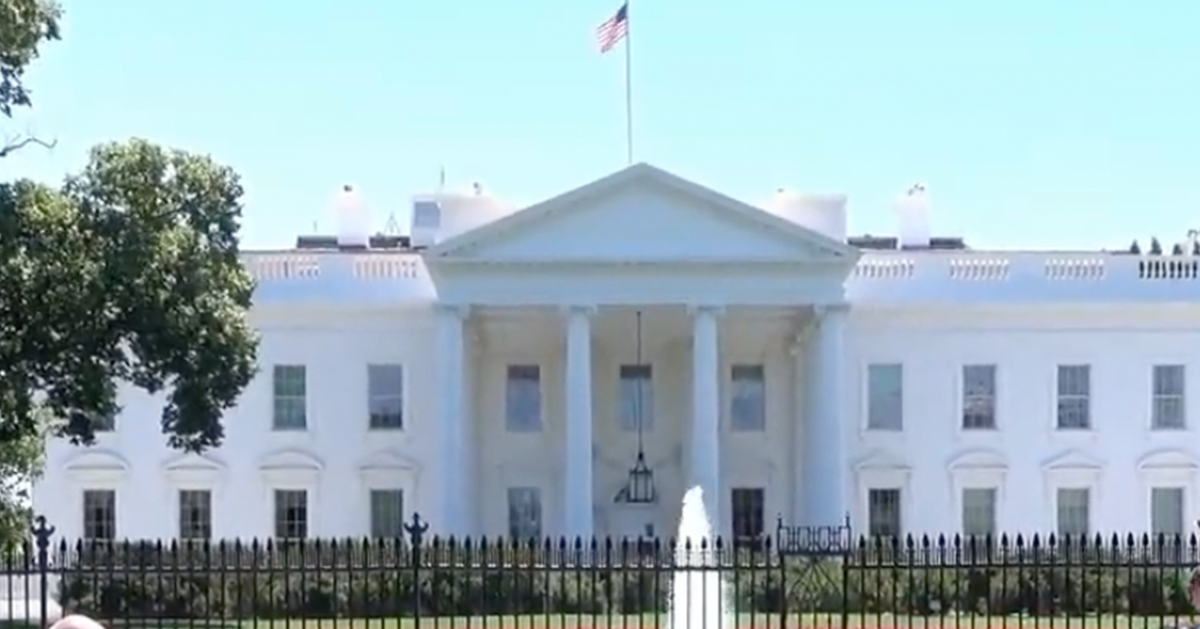Federal Judge Rejects West Virginia Inmates' Lawsuit Over Prison Conditions
A recent federal court decision has ended the progress of a significant lawsuit concerning the state of West Virginia's correctional facilities.
A lawsuit demanding $330 million to ameliorate conditions in West Virginia's prisons and jails has been dismissed due to plaintiffs’ lack of legal standing, as the Associated Press reports.
In August 2023, a group of inmates, along with a juvenile, filed a lawsuit against several state officials, including Gov. Jim Justice and Homeland Security Secretary Mark Sorsaia. Their primary aim was to redirect state surplus funds towards staffing enhancements and facility maintenance in the state’s correctional system.
The lawsuit highlighted severe issues like overcrowding and poor maintenance of facilities, arguing that these conditions were exacerbated by significant staffing shortages. However, U.S. District Judge Irene Berger ruled that the plaintiffs did not have the standing needed to bring this lawsuit forward, effectively dismissing their case.
Legal Limitations on Budget Authority Highlighted
Judge Berger's decision underscored a crucial legal limitation: the budgetary powers of the named defendants, particularly Secretary Sorsaia, are bound by legislative approval, limiting their ability to allocate surplus funds without prior legislative consent.
“Secretary Sorsaia’s budget authority extends only so far because it requires legislative approval,” Judge Berger explained in her ruling, clarifying the constitutional limits within which state officials operate.
This legal boundary meant that the demands of the lawsuit—to direct funds specifically to corrections—were outside the scope of what the court could enforce.
The Role of the Governor and Correctional Overcrowding
Another significant aspect of the ruling involved the governor's role in addressing overcrowding. The court noted that the governor's discretionary powers, such as commuting sentences or granting pardons to reduce prison populations, could not be compelled by judicial means.
This delineation of executive power highlights the separation of powers within the state, ensuring that such decisions remain in the political, rather than judicial, arena.
Judge Berger’s ruling effectively places the responsibility for such decisions back on the legislative and executive branches, rather than on the judiciary.
State Efforts Towards Correctional Staffing Issues
Despite the lawsuit's dismissal, the state has not been idle regarding corrections staffing issues. In response to over 30% vacancy rates in correctional facilities last summer, the National Guard was deployed to 17 facilities to assist with staffing shortages.
This state of emergency, declared by Governor Justice, was concluded in May after significant improvements in staffing levels were noted.
Gen. William E. Crane highlighted the progress, stating, “Nearly 240 people have graduated from the state's corrections academy since January, while 38 National Guard members assigned to work in the jails and prisons decided to stay on permanently,” showcasing a positive trend in staffing sustainability.
Financial Incentives to Bolster Staffing Levels
Recognizing the ongoing challenges in maintaining adequate staffing levels, state lawmakers convened a special session last summer. They approved over $21 million in raises and bonuses for correctional officers and other jail staff, aimed at reducing turnover and attracting more personnel to these challenging roles.
This legislative action indicates a proactive approach to resolving some of the systemic issues highlighted by the dismissed lawsuit.
The financial incentives are part of a broader strategy to ensure that the state’s correctional facilities are not only adequately staffed but that employees are also compensated in a manner that reflects the demanding nature of their work.
Previous Settlements and Ongoing Litigation
In related context, the state settled another class-action lawsuit last year for $4 million, concerning conditions at the Southern Regional Jail. This settlement suggests a recognition of issues within the system and a willingness to address them through legal and financial means.
While the recent dismissal might seem like a setback for advocates of prison reform, it also reflects the complex legal and administrative challenges involved in managing state correctional systems.
The legal pathways remain open for further actions, provided they align with the legal standards for standing and procedural propriety.
In conclusion, the dismissal of the $330 million lawsuit over West Virginia’s prison and jail conditions does not mark the end of efforts to improve these institutions. The state has taken steps through legislative action and budget allocations to address some of the systemic issues. The judiciary’s role, as clarified by Judge Berger, remains defined and limited, ensuring that changes in correctional administration continue to be driven by legislative and executive decisions.




